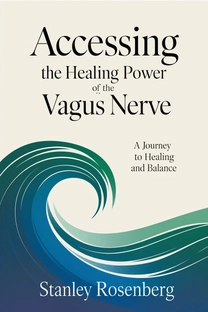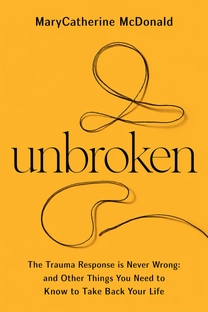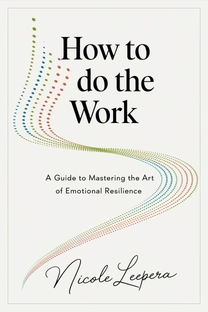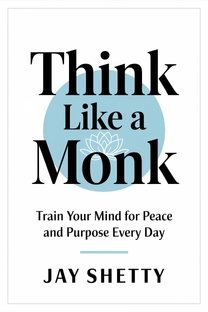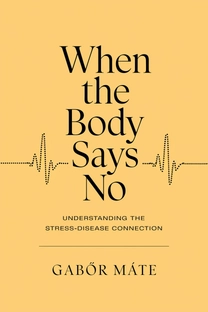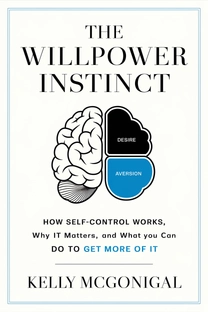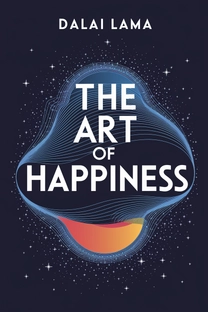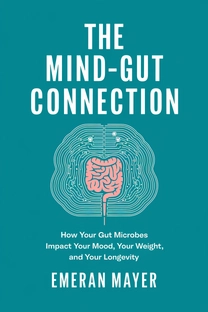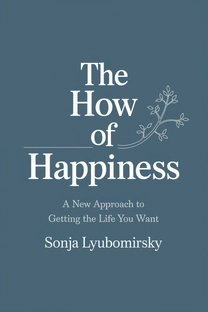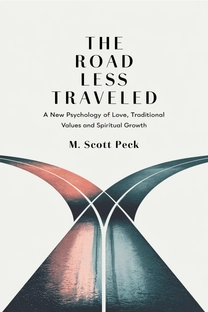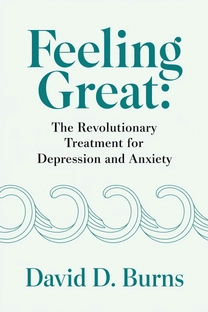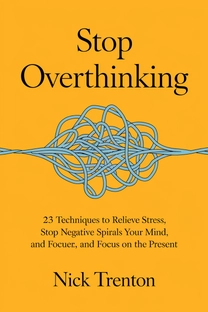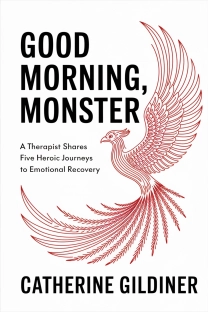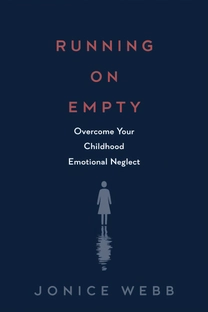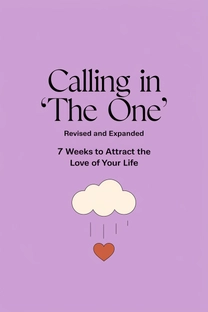
Waking the Tiger
Healing Trauma
by Peter A. Levine
Brief overview
This book reveals how traumatic after-effects can linger when our fight-or-flight instincts remain blocked. By exploring the role of the freeze response, it explains how to gently release trapped survival energy and regain equilibrium. Expect to learn safe, embodied steps that restore a sense of resilience and well-being.
Introduction
Imagine waking each day feeling a subtle tension you can’t quite name. Or maybe you re-experience old events whenever pressure hits. Trauma often shows up this way—quietly shaping how you think, move, and respond to stress. Rather than being a permanent flaw, it’s a natural by-product of your body’s survival instincts becoming interrupted or overwhelmed.
In everyday life, trauma can arise from car accidents, sudden losses, childhood scrapes, or more severe threats like abuse or war. What matters most is not the event itself, but whether your nervous system had enough support to process the surge of energy unleashed by danger. When that surge stays stuck, it disrupts your internal balance.
Luckily, we all possess innate healing capacities. The same forces that trap us in fear can free us when gently guided. Throughout these pages, you’ll see how to reconnect—both mentally and physically—to the body’s wisdom, learning to unwind stored tension and recover a steadier, less reactive state. Consider it an invitation to reclaim a feeling of safety in your own skin.
Instinctual Roots of Trauma
When we feel threatened, our instincts kick in automatically, readying us to fight or flee. This primal mechanism, shared with other animals, is meant to save our lives in dangerous moments. Yet humans have a thinking brain that can interfere with these processes. We might push down the urge to shake and discharge energy after a shock, instead convincing ourselves to remain calm.
Animals in the wild show us the benefit of balancing action with recovery. After an impala escapes a predator, it trembles intensively for a moment, then goes on with its day. That trembling is how it releases leftover survival energy. By contrast, humans often stifle these vital responses. Whether from self-consciousness, fear, or social pressure, we rarely allow the body to complete its cycle.
Ironically, it’s this incomplete cycle that can leave us stuck in anxiety or exhaustion. Understanding that the body has a blueprint for reacting—and then settling—can shift how we approach healing. Tapping into our natural instincts is far less about reliving the past and more about letting the body do what it was designed to do: protect and then recover.
What is Waking the Tiger about?
"Waking the Tiger: Healing Trauma" by Peter A. Levine delves deeply into understanding and treating the pervasive impacts of trauma. Unlike conventional approaches, it emphasizes that trauma is a biological response, not a mental disorder. The book uncovers the subtle yet powerful nature of the freeze response and how it often holds us captive in a loop of fear and helplessness. Levine draws on insights from the animal kingdom, skillfully weaving them into actionable steps for humans to release pent-up survival energy in safe and embodied ways.
Readers will encounter a fresh perspective on trauma, reconceiving it not as a life sentence but as a manageable condition that the body can naturally resolve. Levine elaborates on the somatic experiencing techniques, which involve attuning to our internal sensations and slowly unraveling the residual tension from traumatic experiences. This approach holds the promise of restoring a sense of balance and well-being by reconnecting us with our innate resilience. His work highlights the profound impact of coming back to one's body, enabling a profound transformation towards inner harmony and vitality.
"Waking the Tiger" offers practical guidelines that make trauma recovery accessible to all. It has become a significant resource for individuals seeking to understand and heal their trauma, regardless of the event's nature. Through its compassionate, body-centered approach, the book has profoundly influenced how we perceive and address trauma, providing hope and a path to renewal for readers worldwide.
Review of Waking the Tiger
"Waking the Tiger: Healing Trauma" by Peter A. Levine provides a thought-provoking exploration into the biological roots of trauma and offers practical solutions through somatic experiencing. One of its key strengths lies in how it redefines trauma from a pathological ailment to a natural physiological reaction. By articulating how the fight, flight, or freeze response can become entrenched in our bodies, Levine provides a robust framework for understanding trauma's persistent imprint.
The book stands out for its accessible and engaging writing style, which bridges the gap between complex theoretical concepts and practical application. Levine's clear exposition of the freeze response – and his emphasis on discharging trapped energy – offers concrete steps toward healing that readers can integrate into daily life. These strategies reconnect us with our 'felt sense,' grounding us in the present and gradually dissolving the remnants of past fears.
Targeted at a diverse audience, "Waking the Tiger" particularly resonates with those who have faced trauma, healthcare professionals, and caregivers who seek a more profound understanding of trauma recovery. Its relevance is underscored by the universal nature of trauma and the book's ability to offer hope and healing to individuals at any stage of their journey. Whether you're grappling with personal trauma or assisting others on their recovery path, this book provides invaluable insights. It's a respected recommendation for those seeking to unlock resilience and rediscover equilibrium in the wake of trauma.
Who should read Waking the Tiger?
- Healthcare Professionals: Medical practitioners and therapists will find Levine's somatic techniques innovative and beneficial for clients recovering from trauma, offering a novel approach to traditional therapy.
- Individuals with Trauma Histories: Those who've experienced trauma will benefit from the practical, accessible tools presented in the book, aiding personal recovery and understanding.
- Educators and Childcare Workers: Understanding how trauma affects behavior can assist in creating supportive environments for children and adults, applying preventative and responsive measures.
- Caregivers and Family Members: Families of trauma survivors will gain insight into supportive roles, promoting healing and providing stability in affected lives.
- Mindfulness Practitioners: Those focused on body awareness and meditation will appreciate the emphasis on the felt sense, enriching their practice with new dimensions of body-centered transformation.
About the author
Book summaries like Waking the Tiger
Why readers love Mindleap
10-Minute Book Insights
Get the core ideas from the world's best books in just 10 minutes of reading or listening.
Curated For You
Discover your next favorite book with personalized recommendations based on your interests.
AI Book ExpertNew
Chat with our AI to help find the best book for you and your goals.
Reviews of MindLeap
Love how I can get the key ideas from books in just 15 minutes! Perfect for my busy schedule and helps me decide which books to read in full.
Alex R.
The summaries are incredibly well-written and the audio feature is perfect for my commute. Such a time-saver!
Jessica M.
Great app for personal growth. The insights are clear and actionable, and I love how they capture the essence of each book.
Chris P.
The app is beautifully designed and the summaries are top-notch. Definitely worth every penny!
Sarah K.


